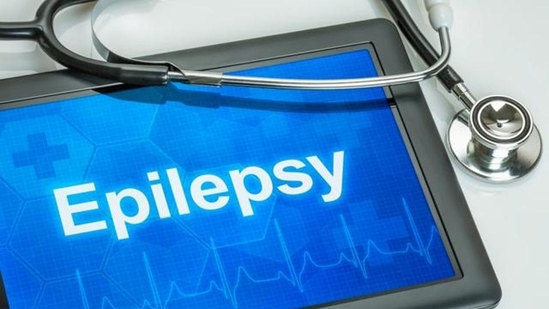Epilepsy surgery: Freeing patients from seizures
This article is authored by Dr Amit Kumar Agarwal, senior consultant, neurosciences, neurology and stroke medicine, Amrita Hospital, Faridabad.
Epilepsy remains one of the most misunderstood neurological disorders, affecting nearly 12 million Indians. While anti-seizure medications are the first line of treatment, about 30% of patients continue to experience uncontrolled seizures despite multiple drugs. This condition, known as drug-resistant epilepsy, significantly impacts daily life—limiting independence, career opportunities, and social interactions.

Yet, a crucial treatment option remains largely overlooked—epilepsy surgery. Despite decades of research proving its efficacy, many patients and even some physicians hesitate to consider it. On this World Epilepsy Day, it is imperative to address misconceptions, highlight scientific advancements, and emphasize why surgery is not a last resort but, for many, the key to a seizure-free life.
Anti-seizure drugs (ASDs) work by stabilising electrical activity in the brain. However, in drug-resistant epilepsy, the abnormal brain area generating these electrical bursts does not respond to medication. The longer seizures persist, the higher the risk of cognitive decline, memory loss, and sudden unexpected death in epilepsy (SUDEP).
Surgery, on the other hand, directly targets the seizure focus—either by removing or disconnecting the problematic area. Thanks to advanced neuroimaging, video EEG monitoring, and minimally invasive techniques, epilepsy surgery has become safer and more precise than ever. In well-selected patients, success rates range between 60-90%, with many achieving complete seizure freedom.
A common misconception is that surgery is a last-resort measure. This delay forces patients to endure avoidable seizures and deteriorating quality of life. Surgery should be considered much earlier, especially when two or more anti-seizure drugs fail to control seizures.
Patients who experience frequent, disabling seizures or those with focal epilepsy—where seizures originate from a specific brain region—should undergo early surgical evaluation. The sooner surgery is considered, the better the long-term outcomes.
Epilepsy surgery is far from a one-size-fits-all solution. It is a nuanced and highly personalised field where the approach is tailored to the patient’s unique neurological profile. Among the most effective procedures is the temporal lobectomy, often hailed as the gold standard for those with temporal lobe epilepsy. It involves carefully removing the part of the brain responsible for generating seizures—and in many cases, it offers patients the chance at complete seizure freedom.
Another powerful tool in the surgical arsenal is the lesionectomy, where a small but problematic brain abnormality is precisely removed, effectively halting its ability to trigger seizures. For patients whose seizures are severe and spread rapidly between both hemispheres of the brain, corpus callosotomy becomes a viable option. By severing the connection between the two halves of the brain, this procedure helps contain the electrical storm before it spirals out of control.
For those in whom traditional surgery may not be feasible—perhaps due to the location of the seizure focus or other health factors—science now offers advanced neuromodulation therapies like Deep Brain Stimulation (DBS) and Responsive Neurostimulation (RNS). These cutting-edge implants monitor brain activity in real time and deliver electrical pulses to disrupt seizure patterns before they erupt.
And thanks to modern innovations such as robotic-assisted surgery, laser ablation, and stereotactic EEG, the entire landscape of epilepsy surgery has undergone a quiet revolution. These technologies not only enhance precision and safety but also dramatically reduce recovery time—turning what was once a daunting prospect into a life-changing opportunity.
Despite these advancements, epilepsy surgery remains underutilised in India due to myths, fear, and lack of awareness. Some consider epilepsy a spiritual affliction, delaying medical intervention. Others fear brain surgery will cause disability. The truth? Epilepsy surgery is as safe as any other neurosurgical procedure—and for many, it restores normal life.
Too many people live in fear—afraid to step outside, work, or drive due to unpredictable seizures. But I have also seen patients emerge from this darkness—freed from relentless seizures, finally reclaiming their lives.
Epilepsy surgery is not just a procedure—it is a second chance at life. Yet, thousands remain trapped in their condition, not for lack of courage, but because of lack of awareness.
On this World Epilepsy Day, let us do more than observe. Let’s educate, advocate, and break the silence. Because when science offers a solution, misinformation should never be an obstacle.
This article is authored by Dr Amit Kumar Agarwal, senior consultant, neurosciences, neurology and stroke medicine, Amrita Hospital, Faridabad.
All Access.
One Subscription.
Get 360° coverage—from daily headlines
to 100 year archives.



HT App & Website







